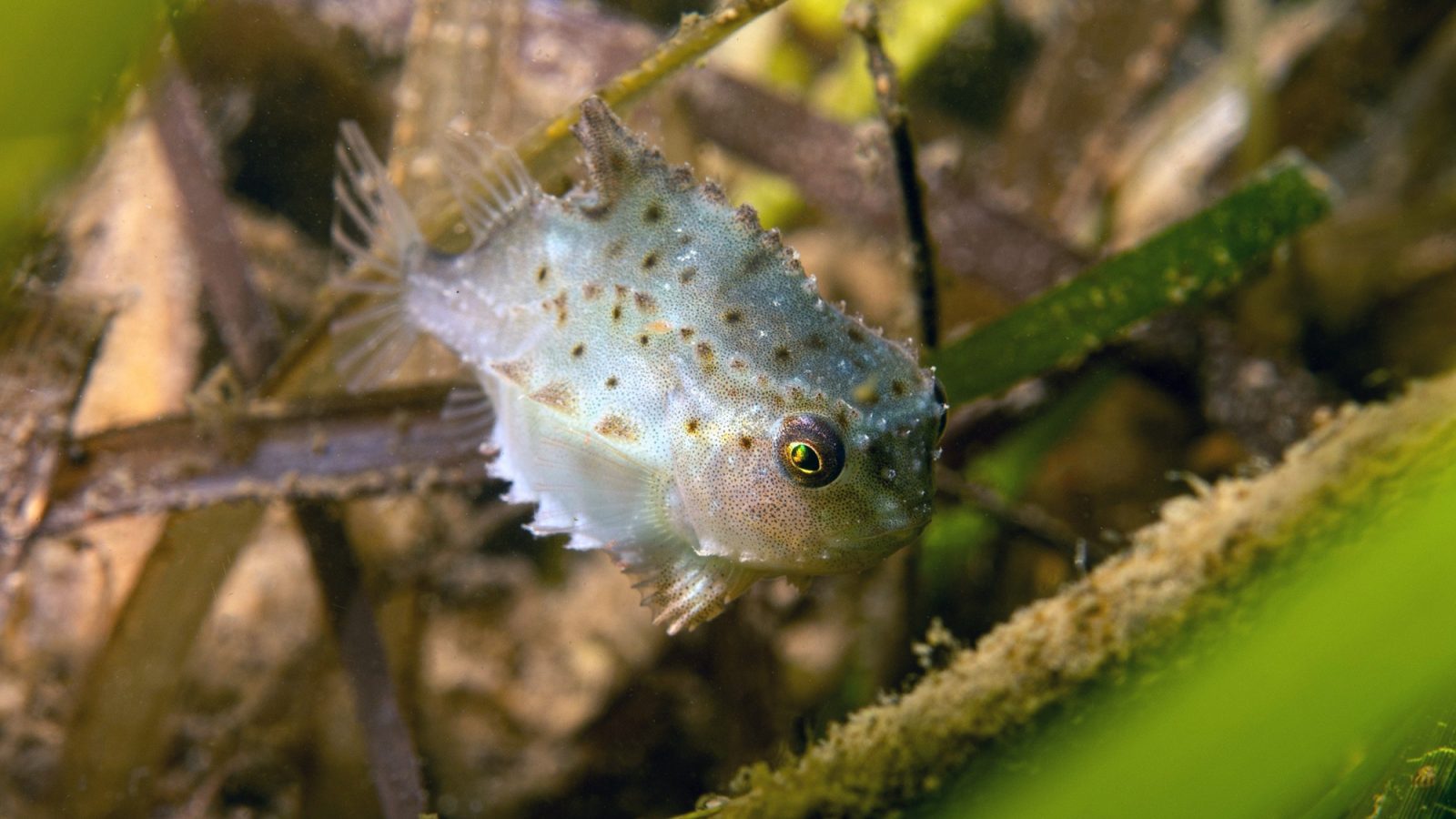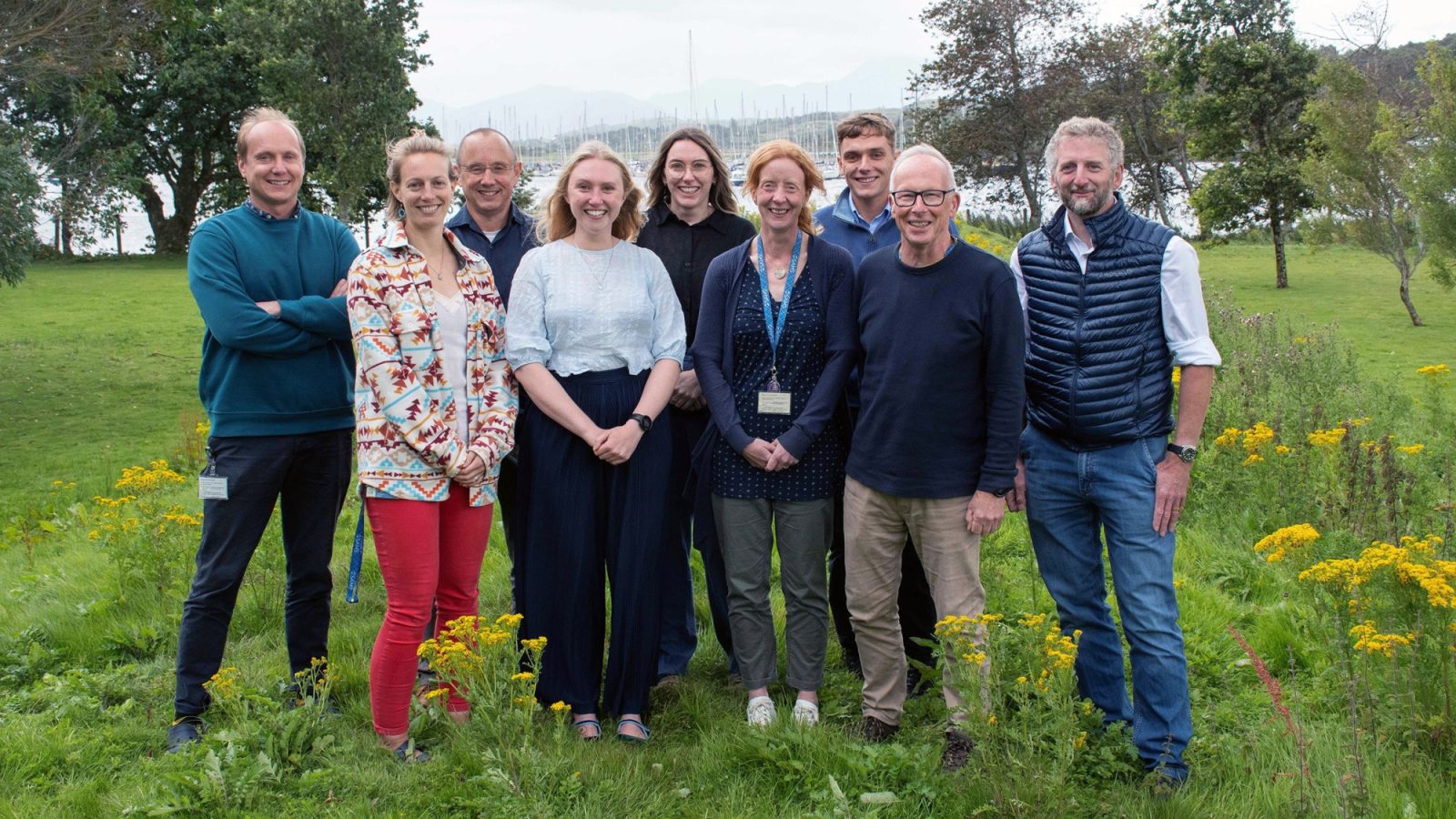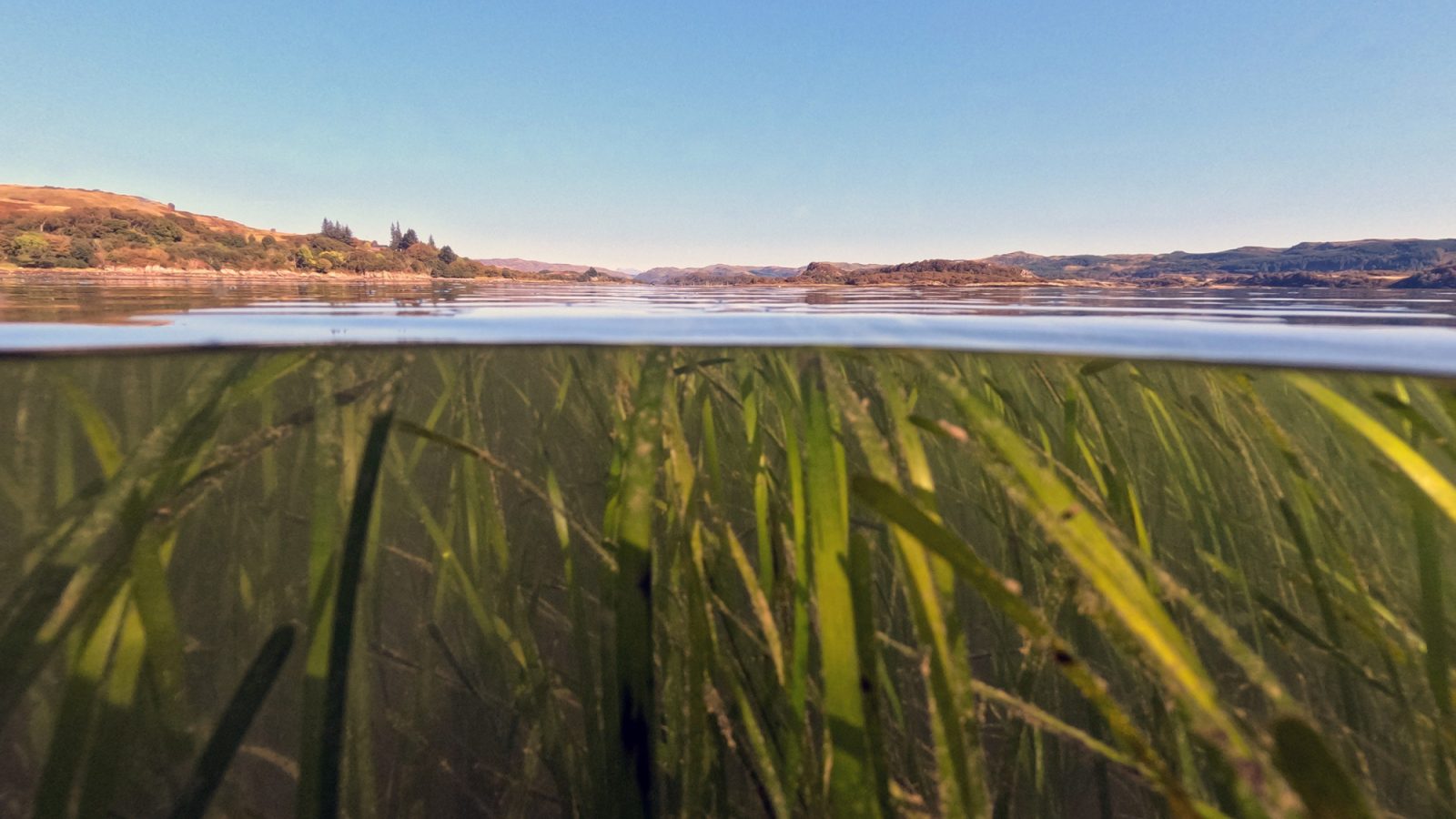SSEN Transmission has today published two groundbreaking reports in collaboration with SAMS Enterprise, signalling a bold stride in marine conservation and habitat restoration.
The focus: protecting and restoring Scotland’s threatened seagrass meadows and native oyster reefs - two foundational species vital to coastal health and marine biodiversity.
These reports outline the state of play for these two keystone species in UK waters, including an overview of the current restoration efforts, techniques and research gaps. They also highlight the key areas and opportunities that, if resolved, can facilitate the success of restoration initiatives for seagrass and native oysters to help protect and enhance marine biodiversity.
By leading on supporting the research and innovation necessary to deliver long term strategic restoration, SSEN Transmission has set itself a bold ambition to lead the energy industry in safeguarding and enhancing marine habitats. As part of its commitment to sustainable development and nature restoration, the company is backing targeted scientific research to better understand the current state of these crucial ecosystems and to help shape future conservation efforts.

Seagrass is a unique and vital component of coastal waters in Scotland. Credit - Alasdair O'Dell
“Scotland is a maritime community - healthy seas and functional ecosystems matter. That’s why we’re investing in science, sustainability and strategic restoration,” said Pete Watson, lead marine consents and environment manager at SSEN Transmission.
“Our partnership with SAMS isn’t just collaboration; it’s recognition of the problem and our potential to help redress it. These reports are proof that science and industry can drive marine restoration together.
“With the offshore electricity transmission network set to expand further with multiple subsea projects planned for the future, it's more important than ever that we get our strategic approach to marine restoration right and working closely with experts like SAMS will be crucial to help us achieve this.”
Protecting the seabed, restoring vital habitats
With the electricity transmission network expanding at pace across the north of Scotland to connect new homegrown, low carbon renewable electricity generation to the grid, there are major plans in place to build multiple new subsea cables that will connect Scotland’s clean energy from shore to shore. This includes projects to connect the Western Isles and Orkney to the transmission network as well as a second connection planned to Shetland and two subsea highways of electricity transmission connecting the north east of Scotland to demand centres along the East Coast of England.
SSEN Transmission acknowledges that these subsea electricity projects can have an impact on the marine environment. As a result, the company is taking responsibility through proactive restoration projects that aim to regenerate marine habitats.

The team of SAMS scientists behind the Seagrass and Native Oysters reports with SSEN Transmission's Lead Marine Consents and Environment Manager Pete Watson (right).
The new reports from SAMS Enterprise, the commercial arm of the Scottish Association for Marine Science (SAMS), illuminate the crucial roles played by seagrass and native oysters in carbon storage, water purification, and marine biodiversity, as well as the state of current restoration efforts for these crucial species in UK waters which are key to helping tackle the climate emergency.
- Seagrass meadows act as natural coastal defenders - sequestering carbon, protecting shorelines from coastal erosion and the impacts of climate change, and creating habitat for juveniles of commercial valuable fish stocks and other Priority Marine Features. Their ecological role is more important now than ever.
- Native oysters, which have suffered a 95% decline over the past century, build complex reef structures that enhance marine biodiversity and stabilise seabeds, cleaning and purifying surrounding waters The findings represent the start of an enduring journey driven by scientific insight, industry leadership, and a commitment to transforming Scotland’s coastal future.
SAMS director Prof Nick Owens said: “We are delighted to support the restoration ambitions of companies like SSEN Transmission, which has shown real leadership in recognising the pressures and challenges faced by the marine environment.
“Sustainable solutions to the biodiversity crisis will not be achieved in silos. The will of industry to do more, backed by robust science and local community support, is a powerful collaboration that can genuinely make a difference.
“As well as restoring vital ecosystems, restorative aquaculture can support coastal communities, and ensure a healthier, more resilient ocean for generations to come.”

Seagrass is one of the keystone species in UK waters - Credit - Alasdair O'Dell
SSEN Transmission: Leading with purpose
Looking ahead, SSEN Transmission has set its sights on becoming pioneers in marine habitat restoration by 2030, as outlined in the company’s Sustainability Strategy. Already the company has ambitions to invest at least £100m in nature restoration and delivering biodiversity net gain across its sites in the north of Scotland, making it one of the biggest investors in nature restoration in the country.
Today’s publications are not just milestones, they are the foundation of a long-term vision for restoring ocean health.
“These reports set the bar for future marine restoration,” SSEN Transmission’s Pete Watson added. “They’re part of our bigger ambitions to inspire change, share practical solutions and support Scotland’s coastal resilience for generations to come.”
As the conversation around marine ecosystems grows ever more urgent, SSEN Transmission remains committed to driving real impact, combining clean energy development and the growth of the north of Scotland transmission network with environmental stewardship.
Access the reports here:
- Native Oyster restoration – Scotland and the UK
- Seagrass – Supporting restoration through research